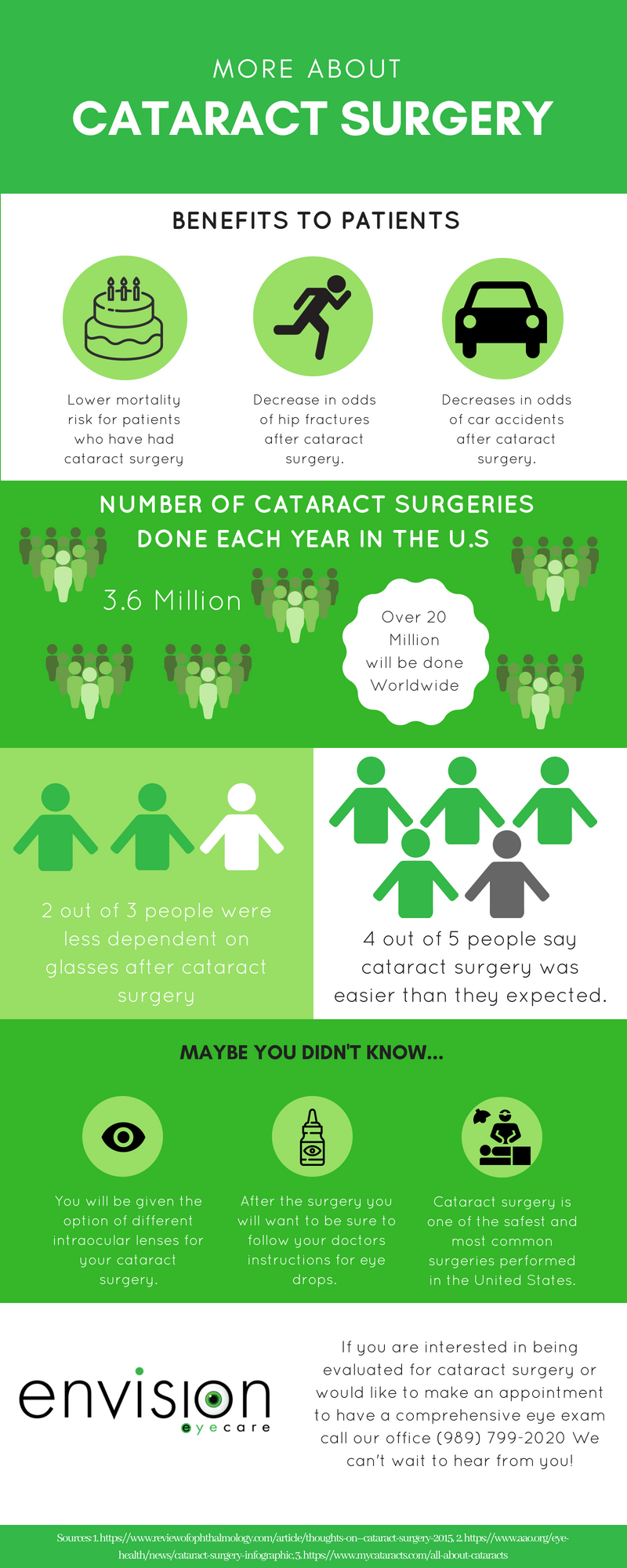Material By-Foley Sandberg
Have you ever thought about Refractive Lens Exchange (RLE) as an option for vision improvement? While it isn't as widely gone over as LASIK, RLE could be a game-changer for your eyesight. Few Days ignore its benefits, thinking conventional techniques are their only option. But what are the genuine benefits, and what might your ophthalmologist not be telling you about this treatment? Let's check out the ins and outs of RLE with each other.
Understanding Refractive Lens Exchange: The Fundamentals
Refractive lens exchange (RLE) is a surgical procedure that can substantially improve your vision, especially if you're managing presbyopia or severe refractive errors.
Throughout RLE, your eye cosmetic surgeon removes your eye's natural lens and replaces it with a fabricated one customized to your vision needs. This procedure can deal with nearsightedness, farsightedness, and astigmatism, providing you clearer vision without depending on glasses or get in touch with lenses.
mouse click the following web page is commonly quick, taking less than an hour, and many clients experience very little discomfort. Healing is reasonably quickly, permitting you to return to your day-to-day activities quickly after.
If you're considering RLE, consulting with your optometrist can assist you identify if it's the appropriate option for you.
Secret Differences Between RLE and Conventional Cataract Surgical Procedure
While both refractive lens exchange (RLE) and traditional cataract surgical procedure involve changing the eye's all-natural lens, their key objectives and patient profiles differ significantly.
RLE is targeted at people looking for to reduce their reliance on glasses or call lenses because of refractive errors, often before cataracts create. On the other hand, conventional cataract surgical treatment usually targets patients that have actually established cataracts, which shadow the lens and impair vision.
The lenses utilized in RLE can offer a wider range of vision correction, while conventional cataract surgical procedure typically includes basic monofocal lenses.
Furthermore, RLE prospects are often more youthful and in excellent total health and wellness, whereas cataract people might be older and have other health issues.
Choosing the right procedure depends on your certain vision needs and conditions.
Potential Advantages and Factors To Consider of RLE
If you're considering refractive lens exchange (RLE), you'll find several prospective benefits that might improve your lifestyle.
RLE can supply you with more clear vision, lowering or removing the need for glasses or contact lenses. It uses a chance to address presbyopia and various other refractive errors simultaneously, commonly boosting your overall visual acuity.
In addition, RLE can be a fantastic alternative if you're not an appropriate candidate for LASIK. Nevertheless, it's important to evaluate the factors to consider, like the expense, possible risks, and the recuperation period.
Discussing your specific requirements with your ophthalmologist can assist you make an informed decision, ensuring you choose the most effective path for your vision improvement.
Verdict
To conclude, refractive lens exchange offers an unique remedy for vision improvement that goes beyond what LASIK can offer. It's essential to evaluate the advantages versus potential threats and expenses before making a decision. Do not be reluctant to ask your eye doctor the hard questions to ensure you fully understand the treatment and its implications for your vision. With the appropriate information, you can confidently choose the most effective option for your eyes and lifestyle.

